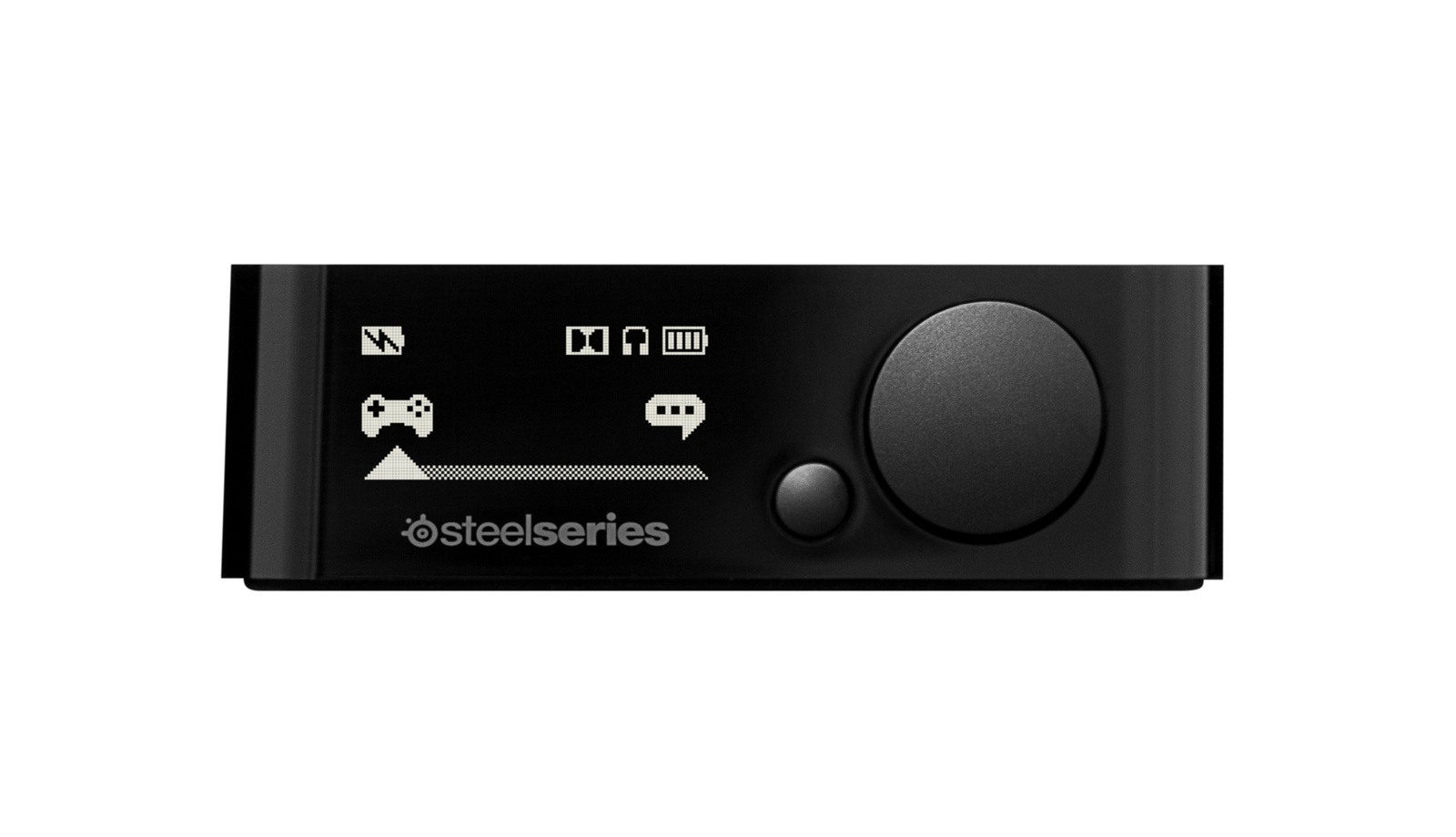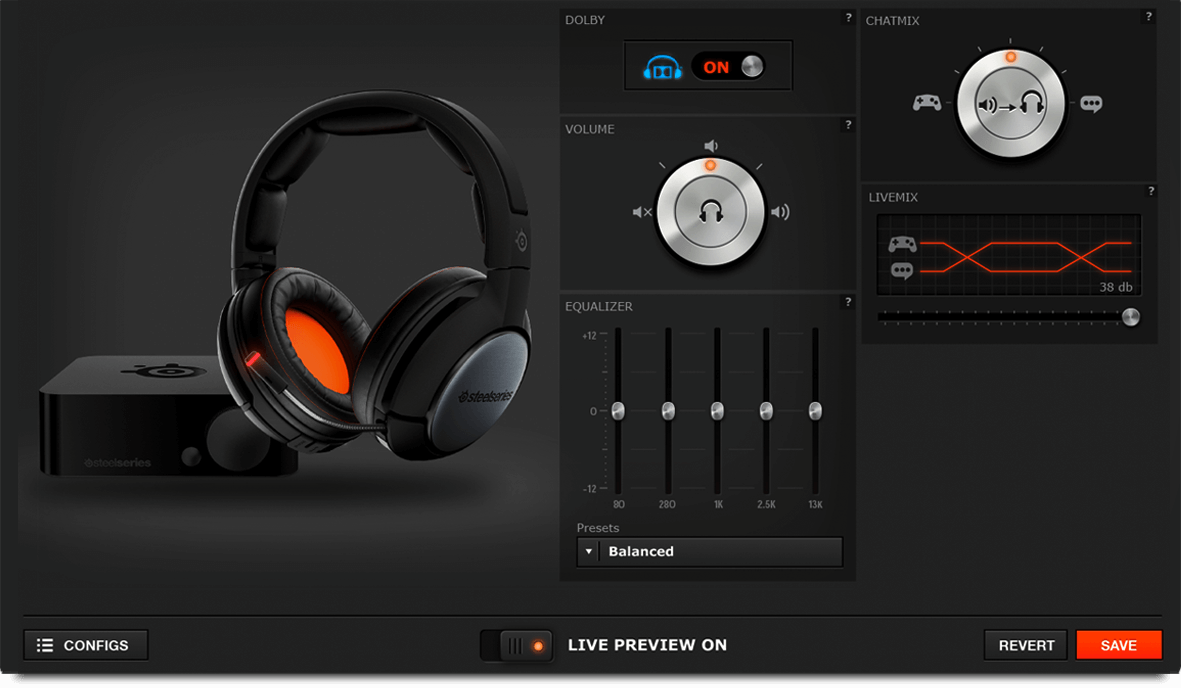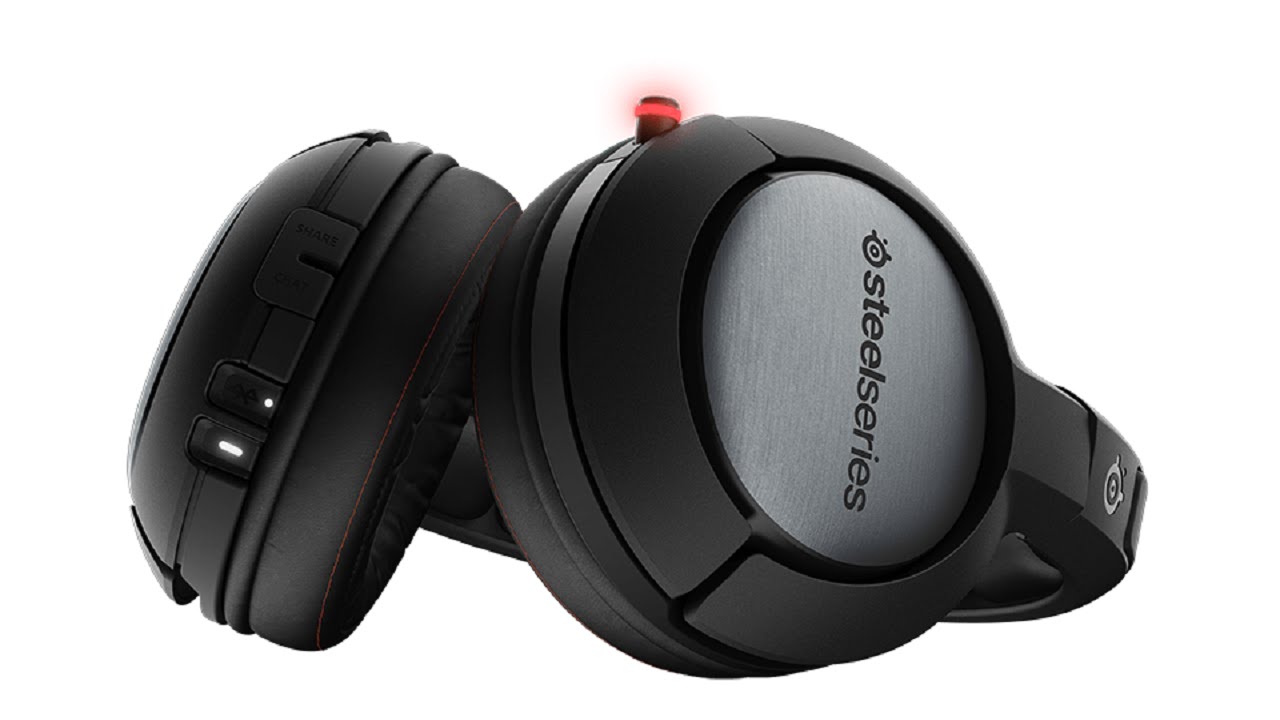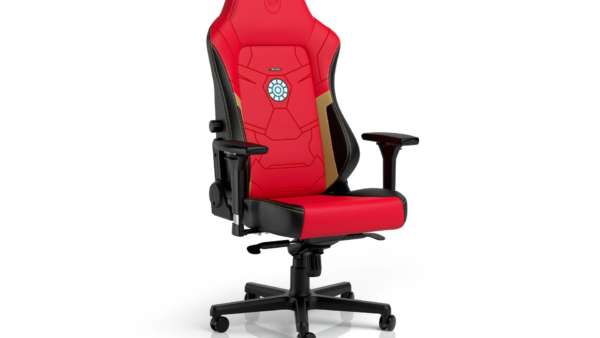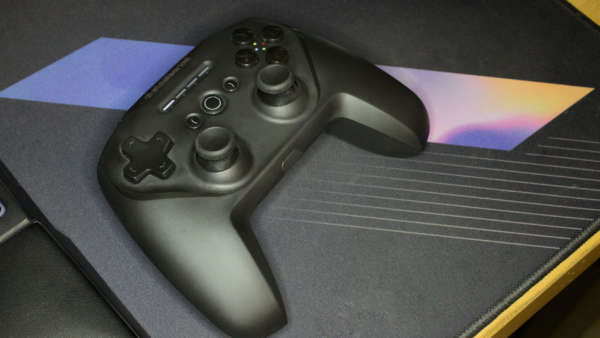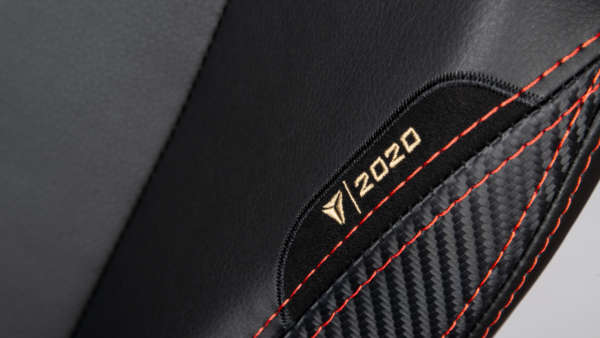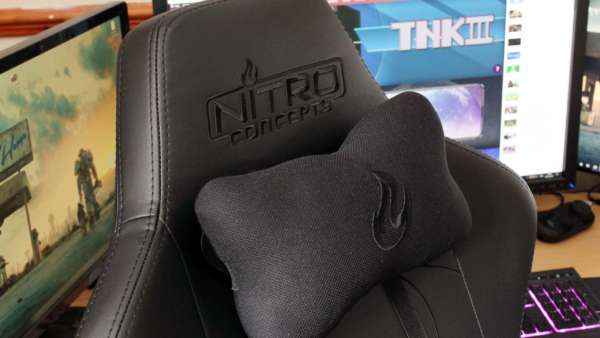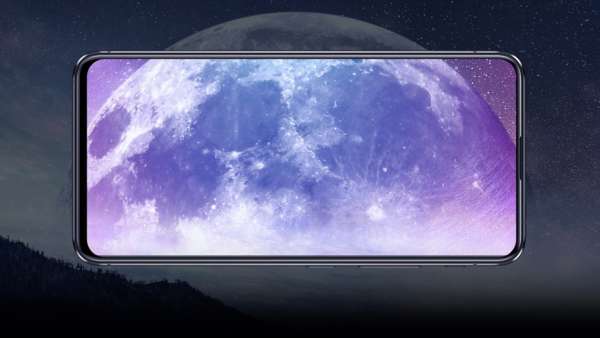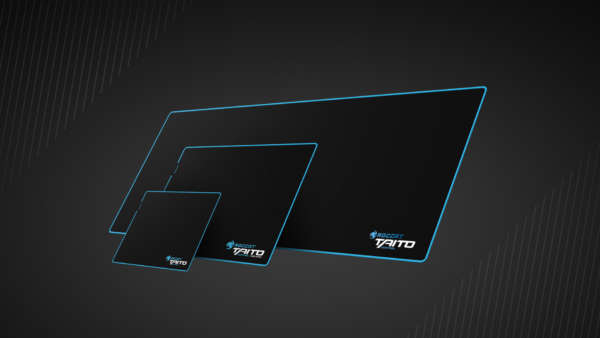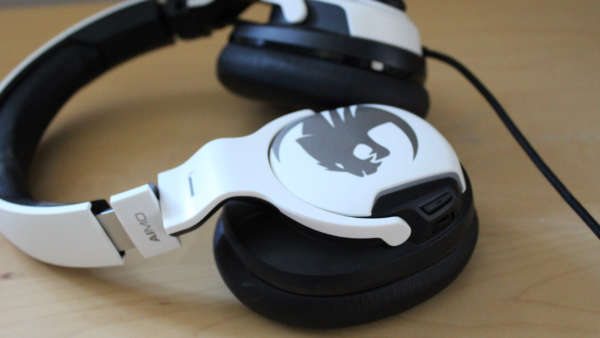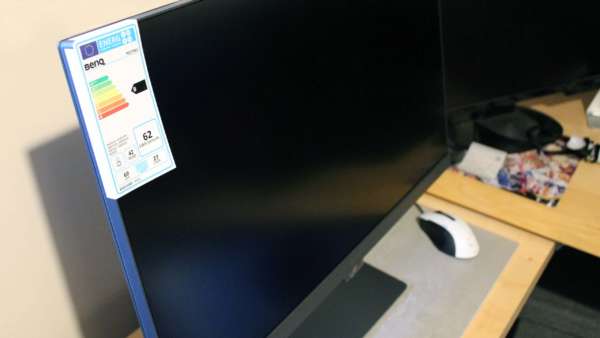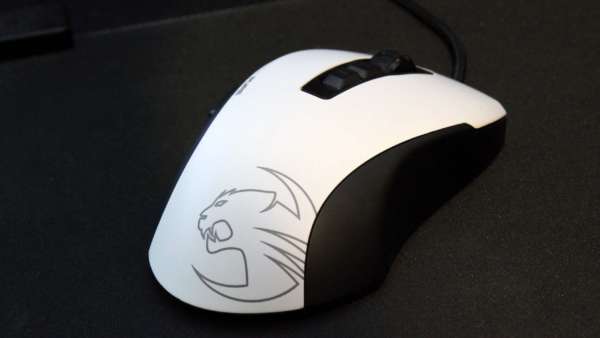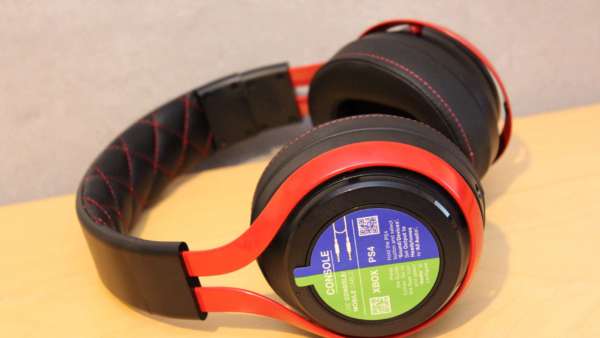The SteelSeries 840 Bluetooth wireless headset is the bigger brother of the previously released SteelSeries Siberia 800 headset. The biggest difference between the two is that the 840 adds bluetooth connectivity that the 800 lacked to be a all round headset.
Much like the 800, it is designed to work with pretty much every device you would possibly want to use; from PC, PS3 PS4, Xbox One, Xbox 360 and your smartphone or tablet. The setup of the Siberia 840 can be a cumbersome experience but the quality of the headset from the sound and microphone is worth that hassle if you can afford the £300 price tag.
In terms of design, for SteelSeries it is a little more toned down than your usual gaming headset which could be a way of trying to make it more useable outside of your gaming cave. It reminds me of the Lucid Sound LS-30 headset but bulkier. The device is mostly matte black hard plastic with a dash of orange around the stitching and inner earcups. Compared the the 800 the biggest change to the body is the replaced plastic outer earcup casing with a metal finished alternative.
Like a lot of SteelSeries headsets, the left earcup houses a retractable microphone, where as the right earcup has a tiny volume control knob which takes the same command as the central base. If you do struggle to find the battery location, it is contained within the left earcup. It was a welcomed idea to include two batteries instead of just the one, seen as a wireless headset is only as good as its charge level. The base station acts a charger for the batteries, so you can always have one being used and the other charging ready to go. This is a big plus in my books compared to other headsets which only comes with one battery, usually built into device rather than coming as a interchangeable extra.
Weighing up the Siberia 840, it is a fairly heavy headset compared others with the battery probably adding a little bit extra on top. Comfort wise though, SteelSeries have always excelled at making headsets that are really comfortable to wear and don’t hurt your head or ears after extended use.
